R-17
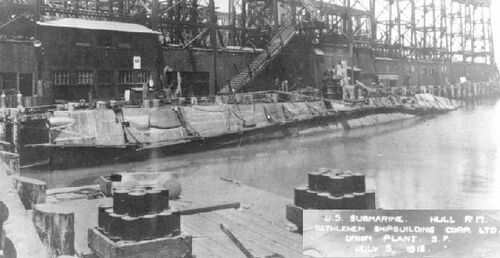
National Archives photo.

R-17 is likely headed out on one of her routine 1-2 day training runs at sea. Submerged runs and torpedo firings were likely.
National Archives photo.
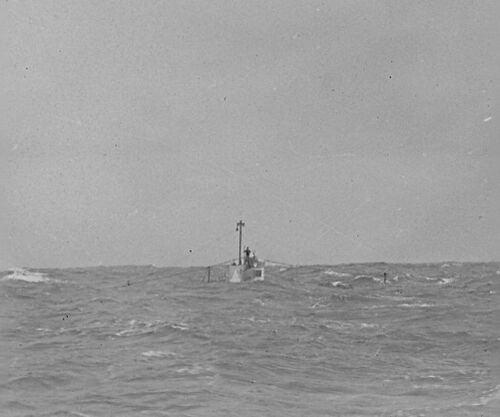
Photo in the private collection of Ric Hedman.

Photo in the private collection of Ric Hedman.
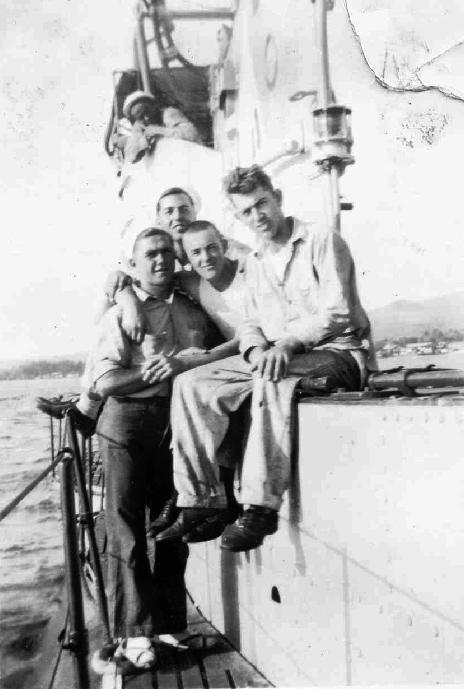
Photo in the private collection of Ric Hedman.
National Archives photo.

National Archives photo.
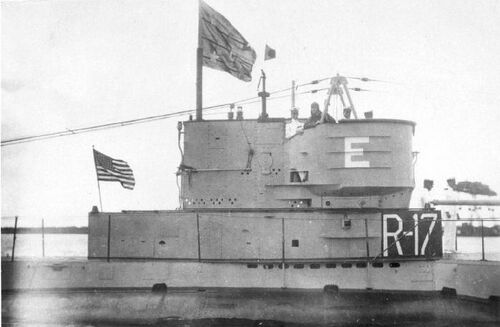
National Archives photo.

National Archives photo.
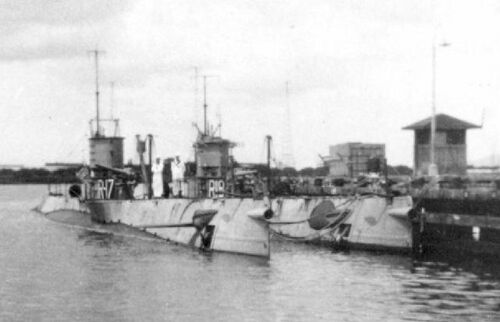
National Archives photo.

Photo in the private collection of Ric Hedman.
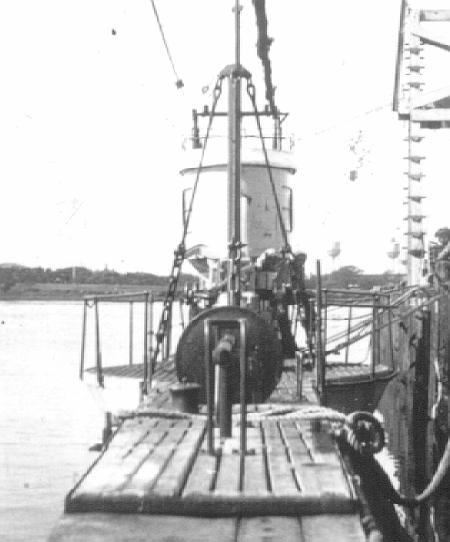
Photo in the private collection of Ric Hedman.
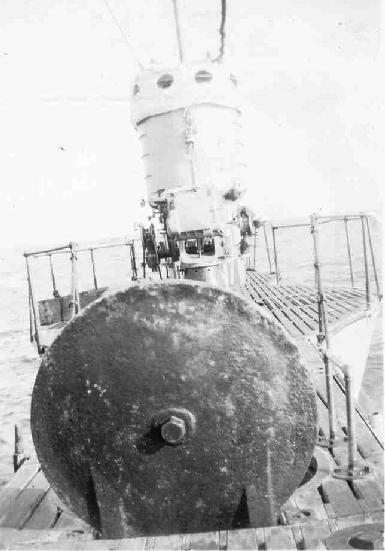
Photo in the private collection of Ric Hedman.

Photo in the private collection of Ric Hedman.

Photo in the private collection of Ric Hedman.
Page created by:
Ric Hedman & David Johnston
1999 - 2023 - PigBoats.COM©
Mountlake Terrace, WA, Norfolk, VA
webmaster at pigboats dot com
